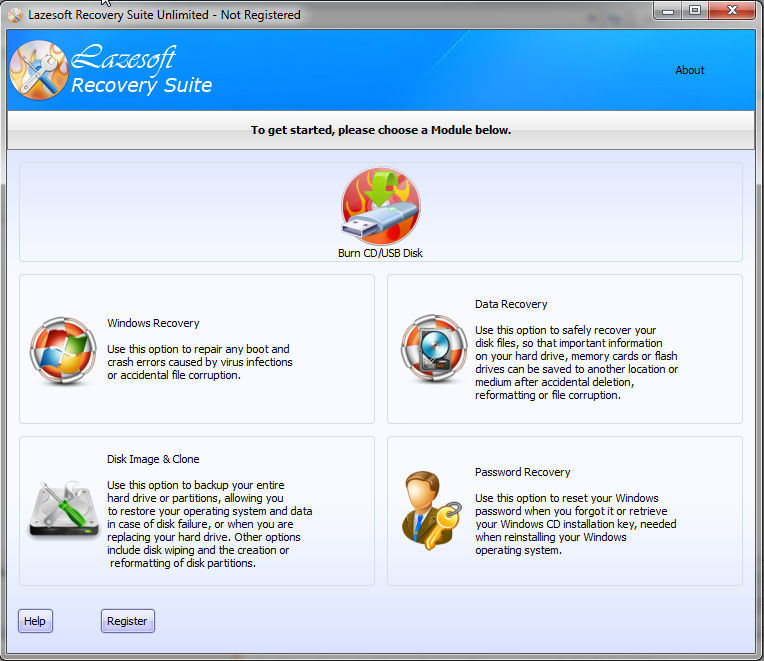

Thus, the caching and erasing process is moved out of the time-sensitive write cycle and into the time between the actual deletion and the next write, so the slowdown is less likely to cause a noticeable performance hit. The SSD then copies the blocks containing the deleted data to cache, erases the blocks, then rewrites only the pages with data on them. When a file is deleted on a TRIM-enabled system, the OS sends a command to the SSD to let it know that the data in a particular set of pages can be overwritten, moving control over deleted data from the OS level to the drive’s firmware. The second, better approach is to have the OS tell the drive when data is deleted, so that the drive can erase those blocks immediately. In some cases this program actually completely clears the drive, requiring valid data to be backed up beforehand. Many drive vendors now ship a program called wiper.exe that will erase deleted pages throughout the entire drive to return it to like-new performance. The first is to run a garbage-collection program periodically that scans the entire drive and erases the contents of deleted pages. There are two approaches to fixing this problem.

In a nutshell, the problem is that the OS and the file system don’t communicate information about deleted files to the SSD, and all writes to pages that contain unerased deleted data require a full block-level erase and rewrite, which can drastically reduce write speeds.

This blind-drive system works fine for mechanical hard drives since they can overwrite old data with no penalty. It’s important to note that the drive itself doesn’t know anything about the status of the data on the drive. This, incidentally, is why file recovery software works—provided the space hasn’t been written over, the data is still on your drive and can thus be recovered. When a file is deleted, the operating system doesn’t erase the data right away instead, it marks that area on the disk as overwriteable in the index of all files on the disk, so the next time data needs to be written to the drive, it can use the space previously taken up by that file. Once the operating system runs it’s TRIM check or for that matter the software bundle that comes with most SSD’s you can kiss goodbye to recovering any data. It’s all great knowing you can recover your data, but there’s one thing you overlooked and that is SSD’s.


 0 kommentar(er)
0 kommentar(er)
